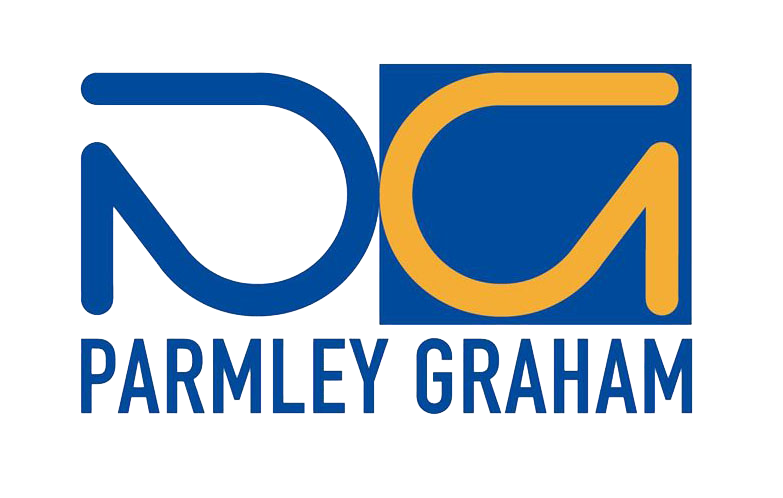In order to contend with today’s fast-paced environment, engineering and design professionals need tools that can keep up with their demanding workflows. One tool that has gained significant traction in recent years is cloud-native electrical CAD (Computer-Aided Design). These cloud-based CAD solutions offer several advantages over traditional, on-premises tools, making them an ideal choice for modern design teams. This article from Siemens / Radica Software explore the benefits of cloud-native electrical CAD and explain why more engineering and design professionals are embracing this technology.

Scalability
A key benefit of cloud-native electrical CAD is its scalability. Traditional, on-premises CAD tools limit users to the hardware and software installed on their local machines. As projects grow in size and complexity, designers may find themselves needing to invest in additional hardware or software licenses, which can be both costly and time-consuming.
In contrast, cloud-native electrical CAD allows users to scale their projects up or down without worrying about these limitations. Hosted on remote servers in the cloud, these tools can adjust to meet demand, enabling designers to take on larger, more complex projects without needing to upgrade their hardware or purchase additional software.
Collaboration
Another significant advantage of cloud-native electrical CAD is enhanced collaboration. With traditional CAD tools, collaborating on a project can be challenging, especially when team members are spread across different locations. This often leads to delays, miscommunications, and errors.
Cloud-native CAD tools, however, enable multiple users to work on the same project simultaneously, no matter where they are located. This real-time collaboration can speed up the design process and reduce the likelihood of mistakes. With cloud-native CAD, designers can work seamlessly with colleagues, partners, or clients from anywhere in the world as long as they have internet access.
Accessibility
Accessibility is another major advantage of cloud-native electrical CAD. Traditional CAD tools require designers to work from their specific, equipped machines, which can be restrictive. Cloud-native tools, however, can be accessed from any device with an internet connection. This flexibility allows designers to work from home, on the go, or at a client’s site without needing to install software locally. This adaptability is particularly beneficial for teams that need to respond quickly to changing work environments.
Cost-Effectiveness
Cloud-native electrical CAD also tends to be more cost-effective than traditional CAD tools. On-premises CAD solutions often involve high costs for hardware, software licenses, and ongoing maintenance. Cloud-native tools, however, operate on a pay-as-you-go model, where users only pay for the resources they need. This can result in significant savings on hardware, software licenses, and maintenance. Additionally, many cloud-native CAD tools are offered on a subscription basis, making it easy for users to scale their usage according to their needs.
Security
Finally, security is a critical advantage of cloud-native electrical CAD. With traditional CAD tools, data is stored on local machines, making it vulnerable to hardware failures, theft, or other disasters. Cloud-native CAD, on the other hand, stores data in the cloud with automatic backups, reducing the risk of data loss. Moreover, these tools often come with advanced security features such as multi-factor authentication, encryption, and access controls to prevent unauthorized access, ensuring that sensitive design data remains secure.
Cloud-Native Electrical CAD vs. Traditional CAD: Which is Right for You?
While cloud-native electrical CAD offers many benefits, it may not be the best option for every design team. When deciding between cloud-native and traditional CAD tools, it’s essential to consider your organisation’s specific needs, workflow, and budget.
If your team needs to work on large, complex projects, collaborate in real-time with others, or operate from remote locations, cloud-native CAD may be the ideal choice. However, if your team has already invested heavily in on-premises hardware and software or if you have specific security or compliance needs that are better met with traditional tools, then on-premises CAD might be more suitable.
Read the full article – https://radicasoftware.com/blog/the-advantages-of-cloud-native-electrical-cad
Find out more about Capital Electra X.
Try Capital Electra X for 30-days*


